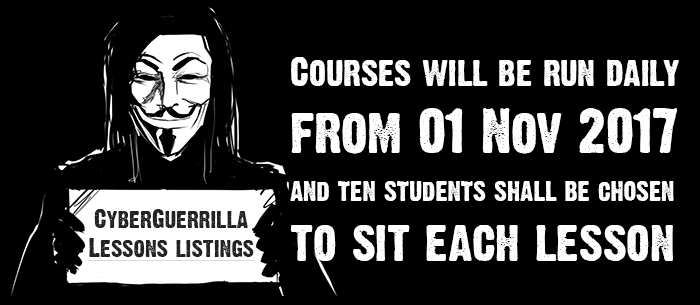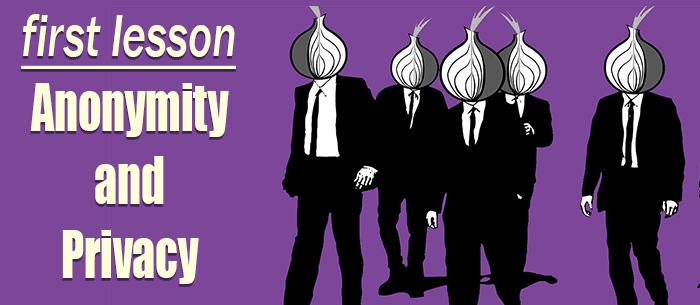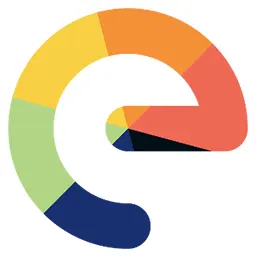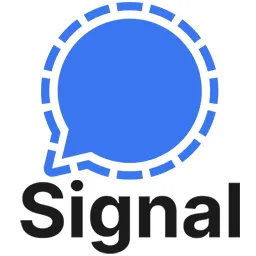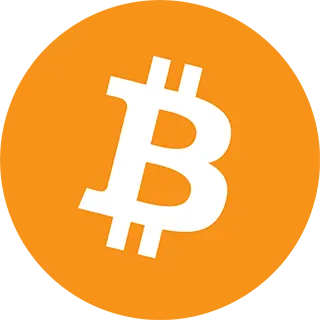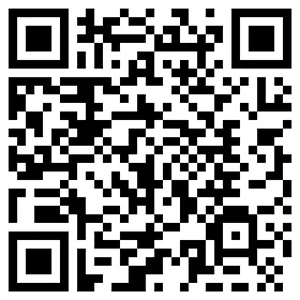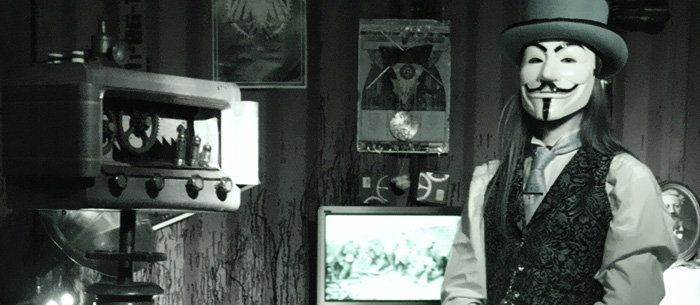
Home Anonymous Operations Anonymous Network #Onion IRC How to join Anonymous
Friday 21 June 2013
How to connect to the “onion.irc”
A small cadre of participants in Anonymous are hackers: these are skilled programmers, security researchers, and system administrators who identify as such. Many, although not all of them, are motivated by some version of a desire for information freedom. A much larger group I describe not as hackers, but instead provisionally, as “geeks.” These geek participants hold a number of digital media literacy such as video editing, design skills, collaborative writing tools, and enough technical know-how to be able to use Internet Relay Chat.
Other participants may not qualify nor identify as geeks or hackers, but through participation in this digital domain, they start to learn some of the cultural codes and digital literacy that can make them over time into geeks themselves, or at least familiar with them.
Technically, Anonymous is open to all and erects no formal barriers to participation. In contrast to most organizations, including Wikileaks, it is easier to contribute to Anonymous as it offers numerous micro-protest opportunities coordinated at the drop of a hat, among other possibilities for participation.
To grasp some of the power dynamics at play in Anonymous, it is imperative to address the technical architecture where many spend a significant time chatting and coordinating action: Internet Relay Chat. Contrary to a number of media reports, these are open to the public. However a good deal of the public has no idea how to find or use Internet Relay Chat, although it is not technically difficult to use.
Tor hidden-service - Onion.IRC #CgAn - Free speech servers
Anonymous Server |
Tor |
Socks5 |
Hostname |
Port |
SSL |
| CyberGuerrilla | 9050 | 6697 |


